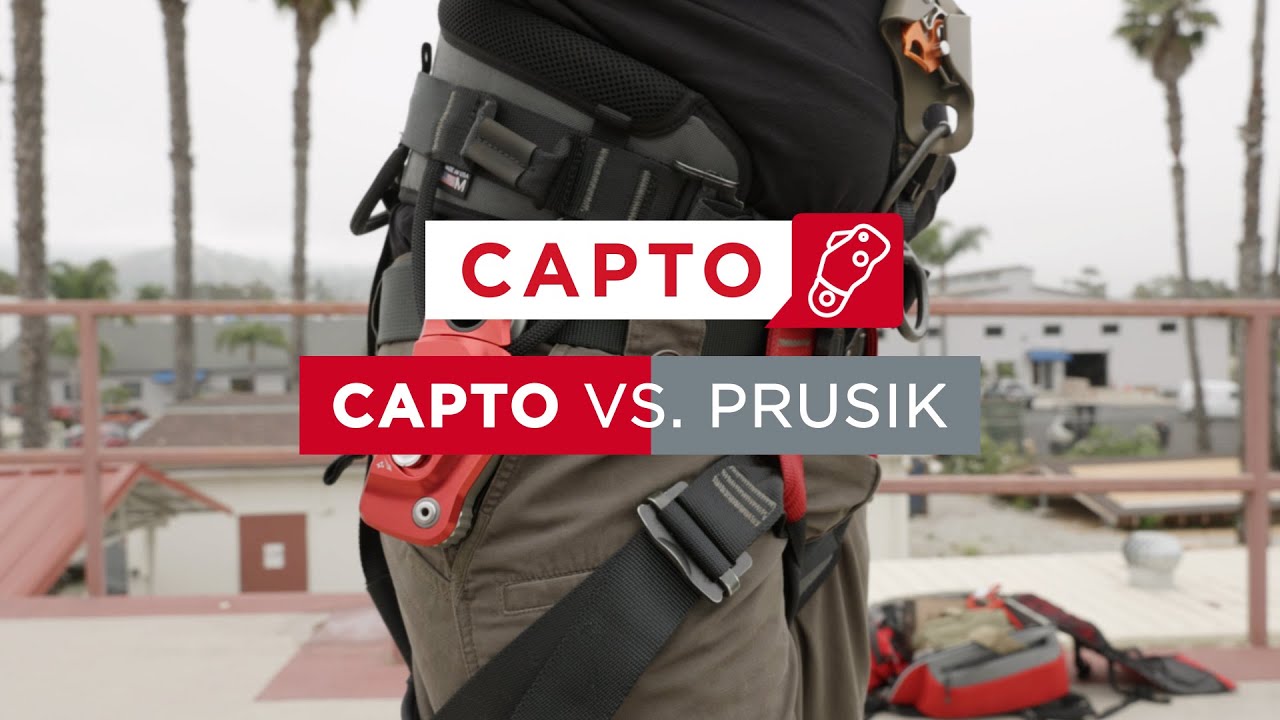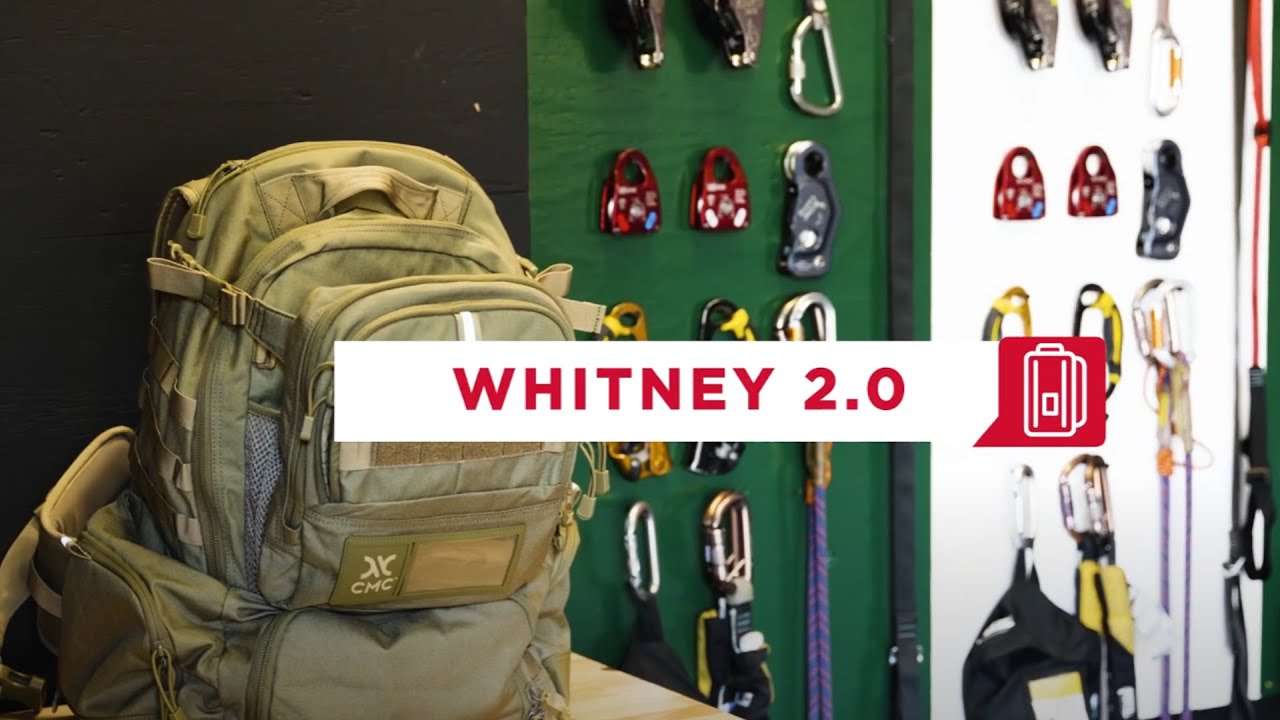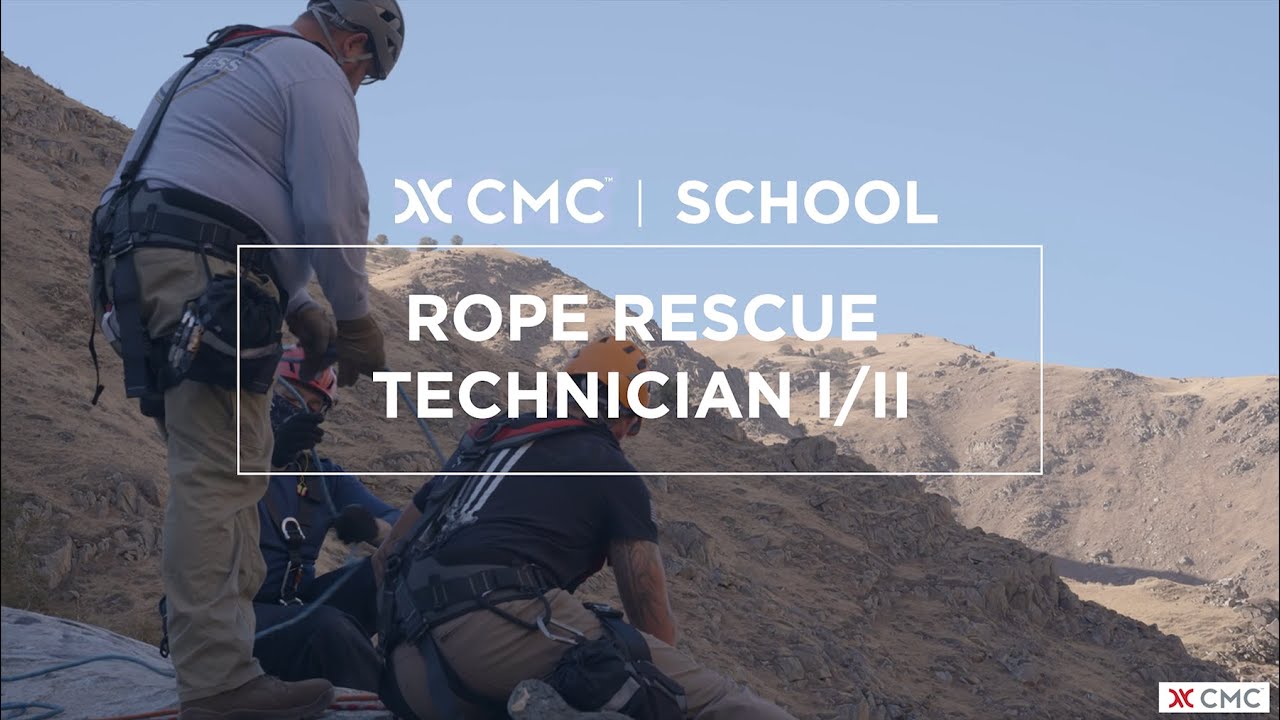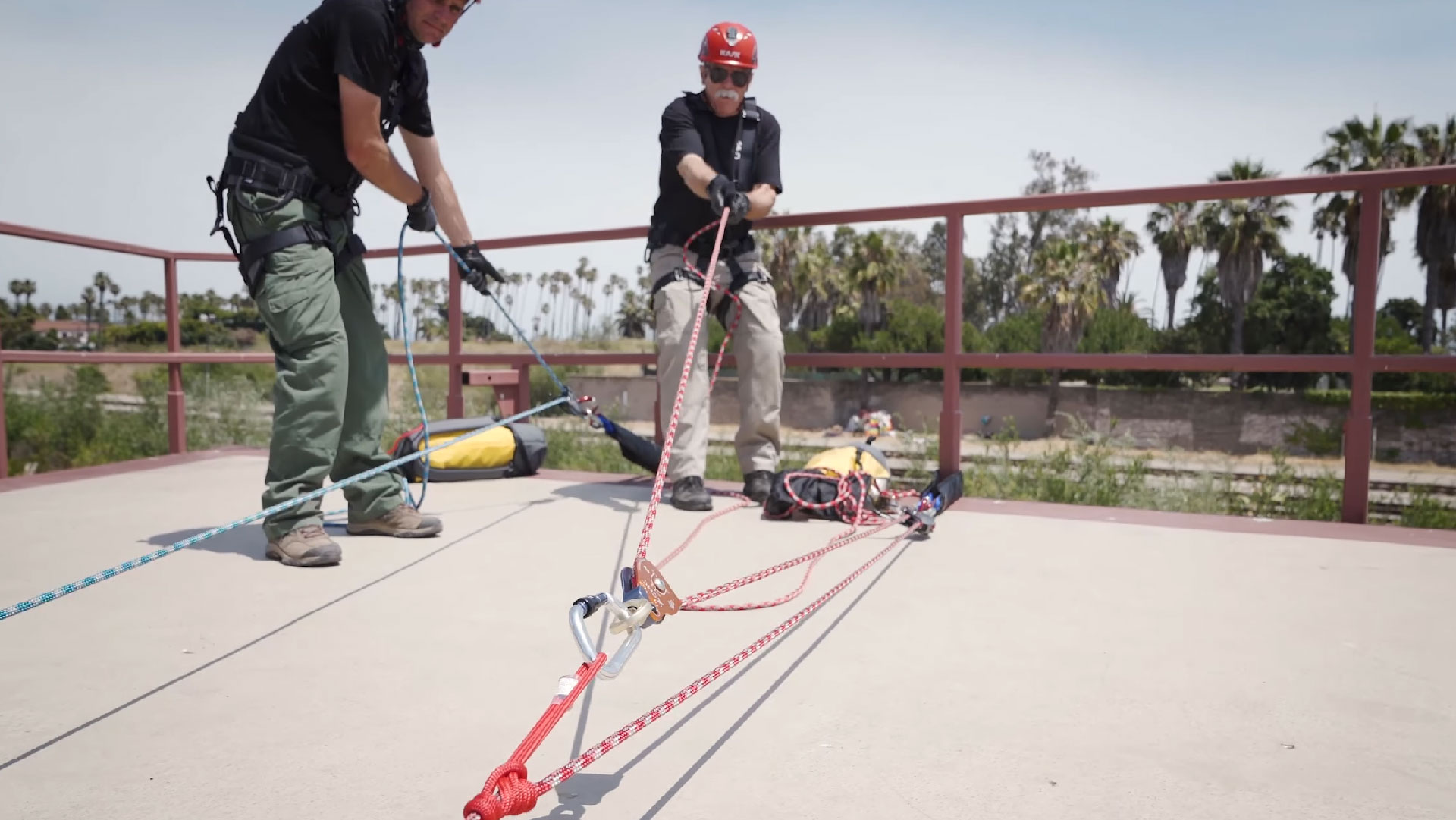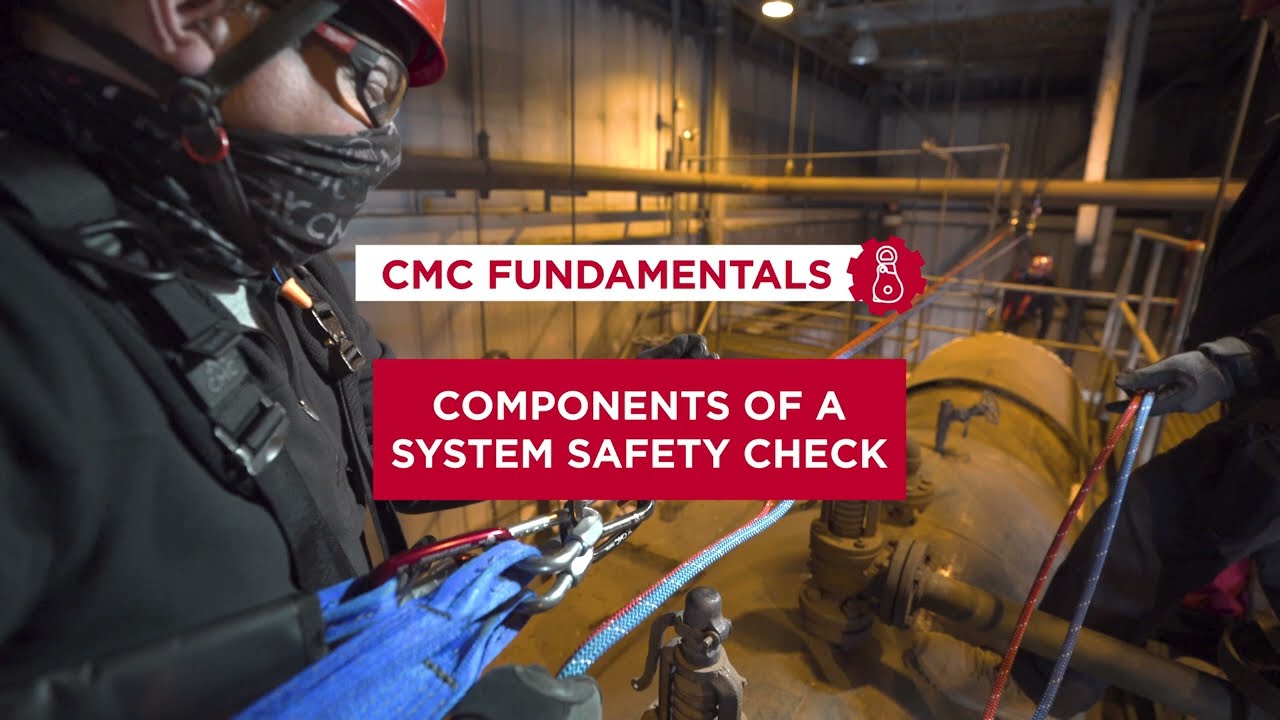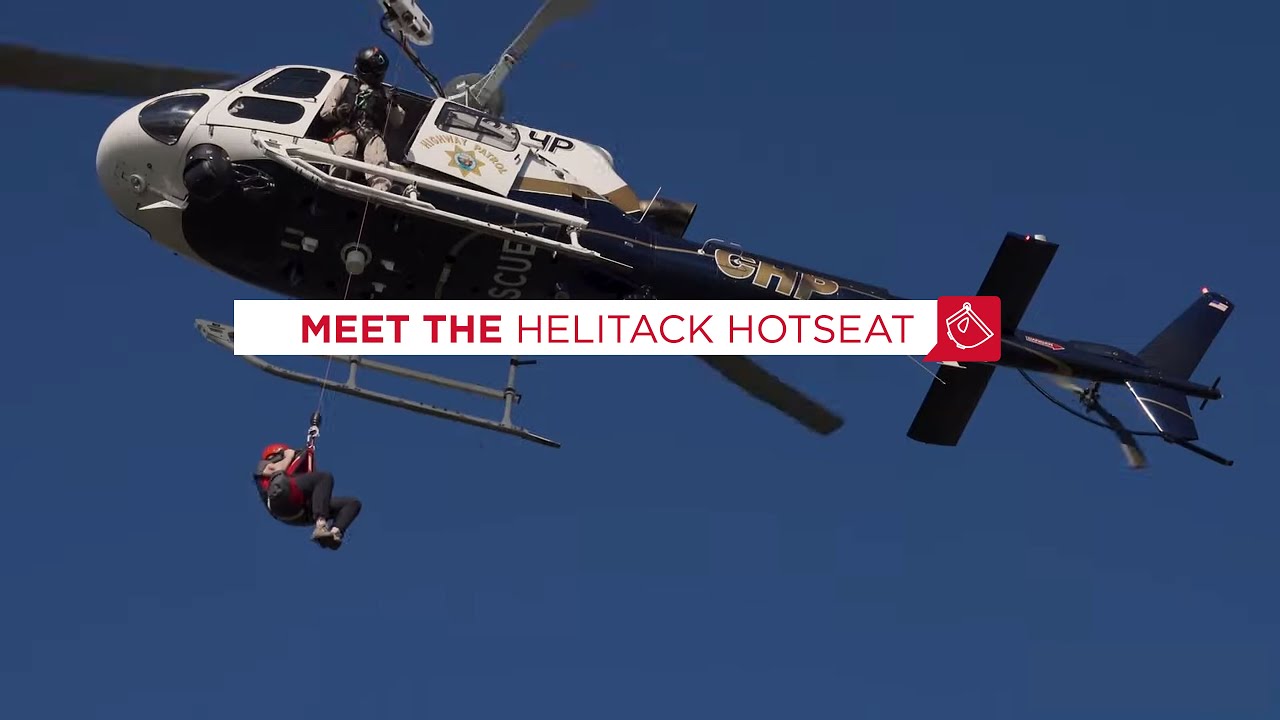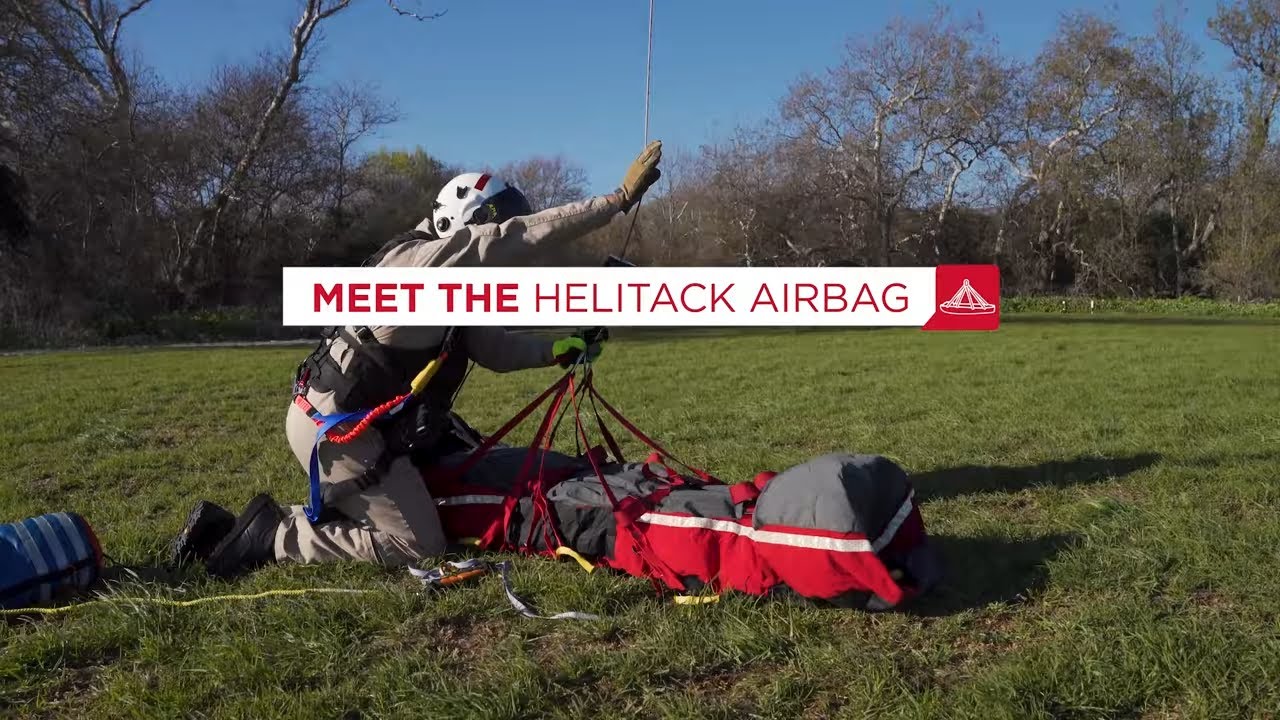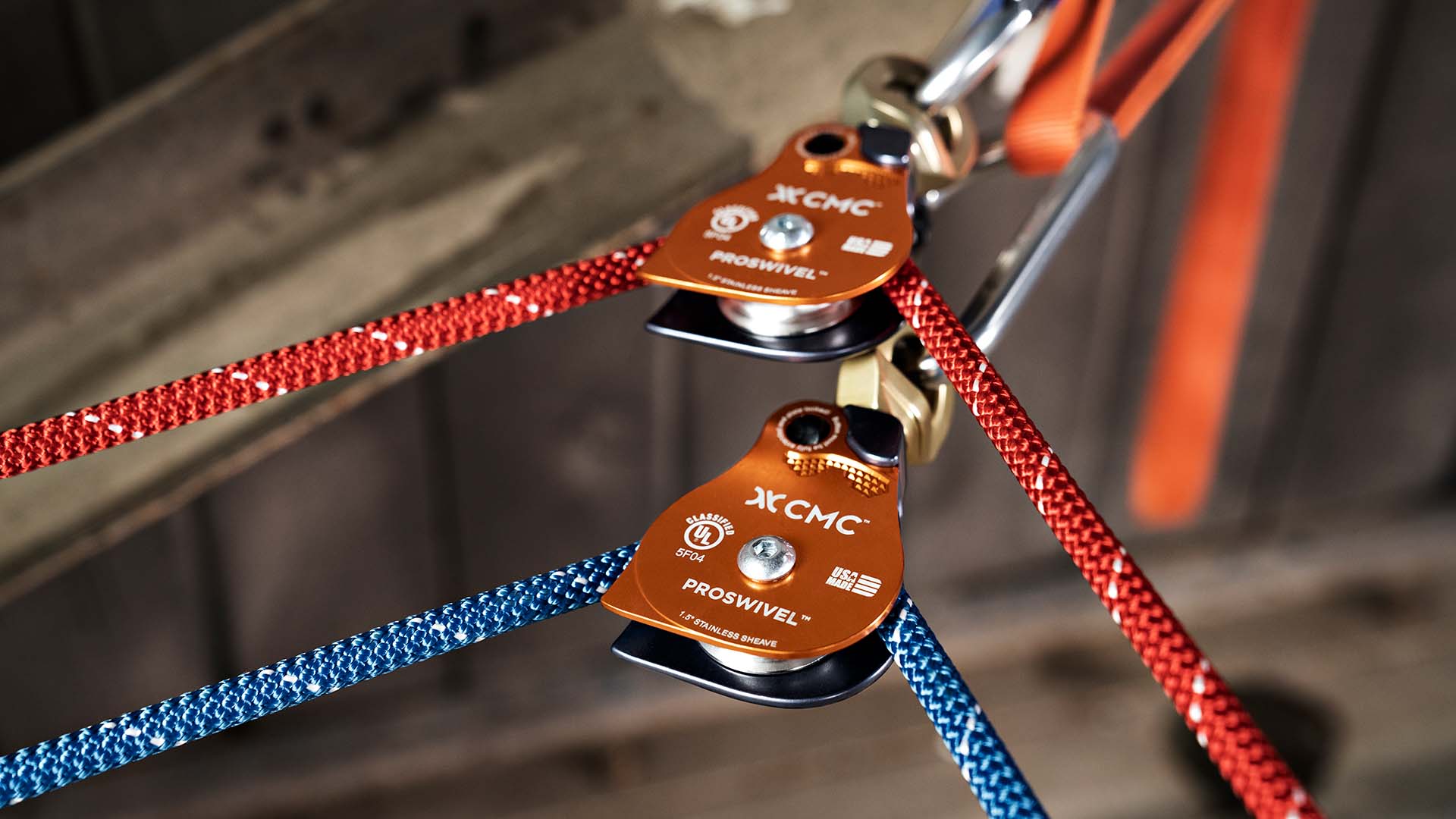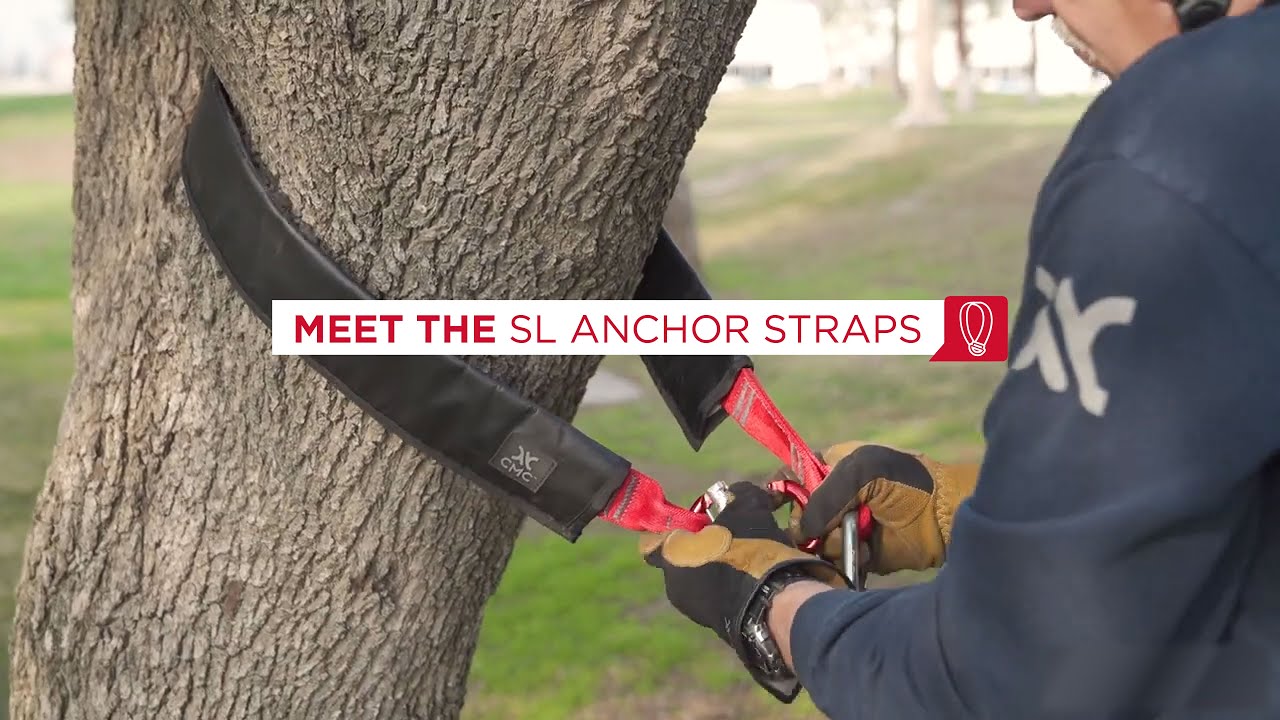Personal Rescue Alert Technology
Most of us love adventure and to be truly adventurous involves risk—the risk of not returning, injury or even possibly death. For the same reasons we purchase life insurance to assist those left behind, we file trip plans and use existing technology to give ourselves a fighting chance to survive and return to our loved ones.
The trip plan is the minimum requirement; however, in more recent years the expanded use and coverage of the ubiquitous cellphone has become an important tool. Yet the proliferation of cellphone usage hasn’t rendered the search component of SAR obsolete. In many cases, it’s made that component easier, more efficient and quicker. More importantly, it has—and will continue—to save lives.
Every SAR team and responder needs to be familiar with the GPS location capabilities of most smartphones as well as the considerable SAR cell forensics resources available through the Air Force Rescue Coordination Center (AFRCC). The AFRCC capability is primarily called upon by the state agency designated by its governor as the state AFRCC point of contact. Cellphone forensics can be a very valuable tool in the hands of experienced SAR practitioners and every team needs to know how to use it.
Satellite Emergency Notification Devices (SEND) technology comes in two distinct flavors: private and public. Operated by commercial companies, private sector offerings enable customers to send the hosting company an emergency or status notification via satellite. That company then contacts the appropriate authority or entity. Public sector SEND technology utilizes the COSPAT-SARSAT system developed in 1979 by the United States, Canada, France and the former Soviet Union (see https://www.cospas-sarsat.int/en/). It includes Emergency Locator Transmitters (ELT) used for aviation, Emergency Position-Indicating Radio Beacons (EPIRB) used by vessels and Personal Locator Beacons (PLB) carried by individuals.
All COSPAT-SARSAT beacons are one way only; once activated, the world is coming. ELTs and EPIRBs can be both manually and automatically activated while PLBs are only manually activated. Some private sector beacons have two-way communication capability. For device specific ratings and capability, visit www.outdoorgearlab.com/Personal-Locator-Beacon-Reviews or search for PLBs.
A great addition to the “personal insurance” family is the satellite phone, which enables an individual to call home from anywhere on earth—subject to some terrain and extreme north-south latitude limitations (see https://www.satellitephonestore.com/ or search for satellite phones).
All of the devices briefly discussed here are available either for purchase or rental. SAR responders need to be familiar with the different types available and how they work—both as a tool to provide better service to those in need and as a means of personal insurance. SAR responders must come home!
Dan Hourihan
Douglas County (NV) Sheriff’s SAR
Past President, MRA

